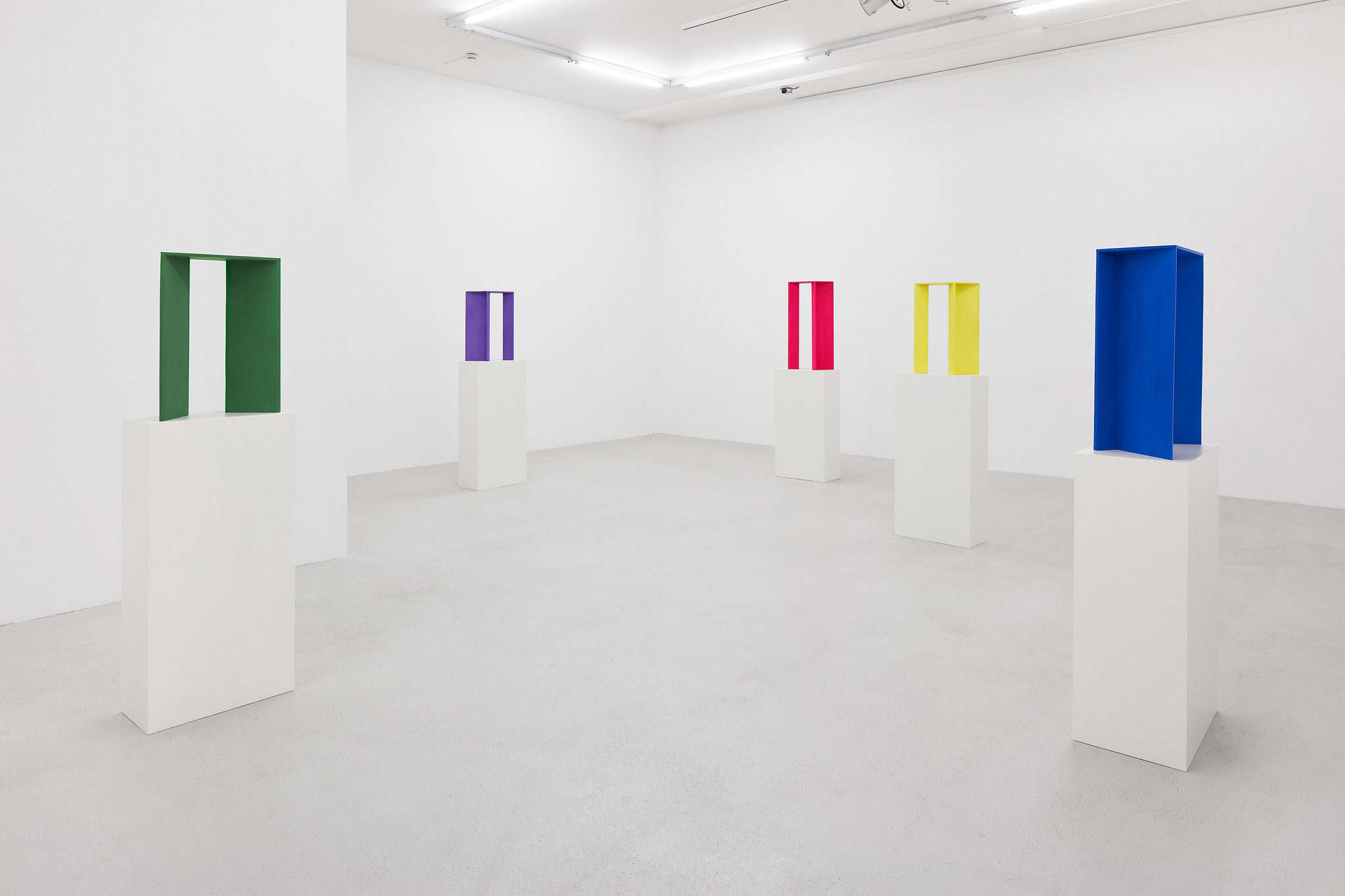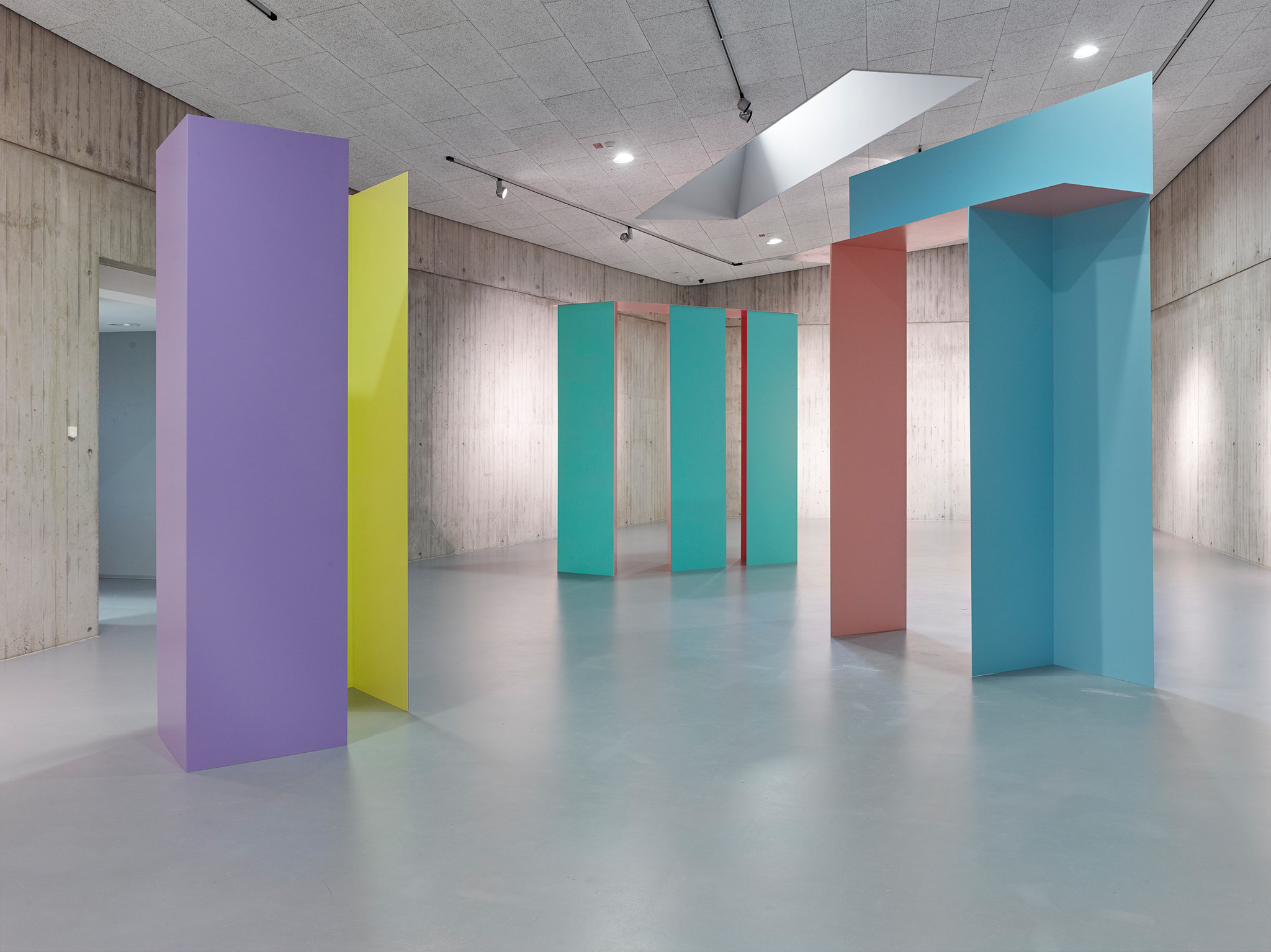Q&A Madeleine Boschan
What’s your background?
I’m a trained gymnast. Thus, my greatest pleasures have always come from empty spaces, floor exercises, beams, and high bars. And even today in my sculpture, I’m rapt away by physical experiences, run-ups, jumps, full stands, the balance between expansion and concentration.
What was the first work of art you’ve ever made?
Funny, you’re asking, just recently, I was browsing an old family album and, to all appearances, I was seven, or rather six, and loved to cut out paper-furniture. My playroom was utterly crammed with it.
Do you remember the particular moment or event when you decided to become an artist?
I can’t really say. I’ve always been curious and I have always been building stuff. Actually, it was never a question to me of doing anything else.
What are your influences?
As I crave for distance, I travel a lot and read a lot and look at a lot of other different things I did not know before. Be it literature, music, or architecture, I adore spatial relations.
Can you describe your process or your practice?
First there were lines and found materials with a gestalt-like appearance. These ›figures‹ formed ensembles and consequently vivid relations throughout their surroundings always involving us. Eventually, these linear constructs turned into bold planar bodies. Anyhow, the interactions of colour and the spatial relationships between space, the work itself and the beholders still form the core of my practice.
What’s the most important aspect of your work?
Without context one has no stance. It’s not just about physics, ethical questions are equally important. How is it even possible to come together? How to live together? Every work of art embodies a sense of place or position so as to guide us.
Do you have certain routines or daily rituals?
It’s all interrelated … my work is my life and my life is my work.
What is it with the different shapes and forms of your works?
Any given location is a decisive factor, a minimal change in angle changes everything. In the 1960s, when Bruce Nauman paced out his studio along precise rectangles, it was certainly a physical experience but also a profound affirmation of his own existence, and in doing so of ours, too.
And what does the future hold?
Quite some surprises, I’d hope – for you but for me as well. All remains the same and, at the same time, constantly changes.







